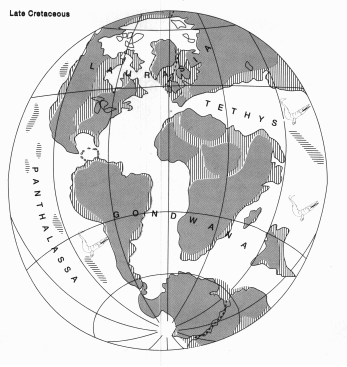
Figure 3: The continental positions during the Late
Cretaceous.(Lucas, 1994)
|
Continental rifting and the growth of new oceans resulted in greatly
extended midocean ridges. As the ridges grew and reduced the volume of
the ocean basins, there was a eustatic rise in sea level, resulting in
widespread marine transgressions in the Cretaceous. In North America, the
sea at maximum transgression extended as an epicontinental sea called the
Interior
Seaway all the way from the Arctic Ocean to the Gulf of Mexico, dividing
North America into two islands. Gondwana fragmented and the Atlantic Ocean
basin began to form. The Cretaceous was a time of major mountain building,
when the North American cordillera and the South American Andes formed.
The varied landforms that existed at this time (oceans, epeiric seas, mountains)
enabled organisms to diverge and inhabit new niches.(Lucas, 1994) |
![]()
![]()